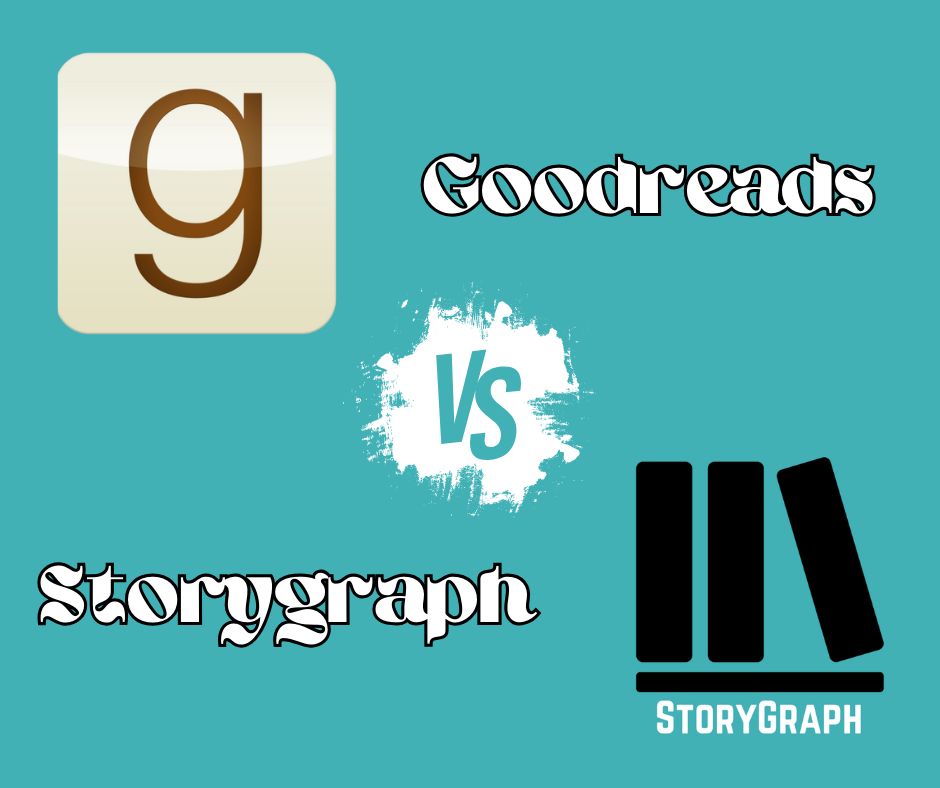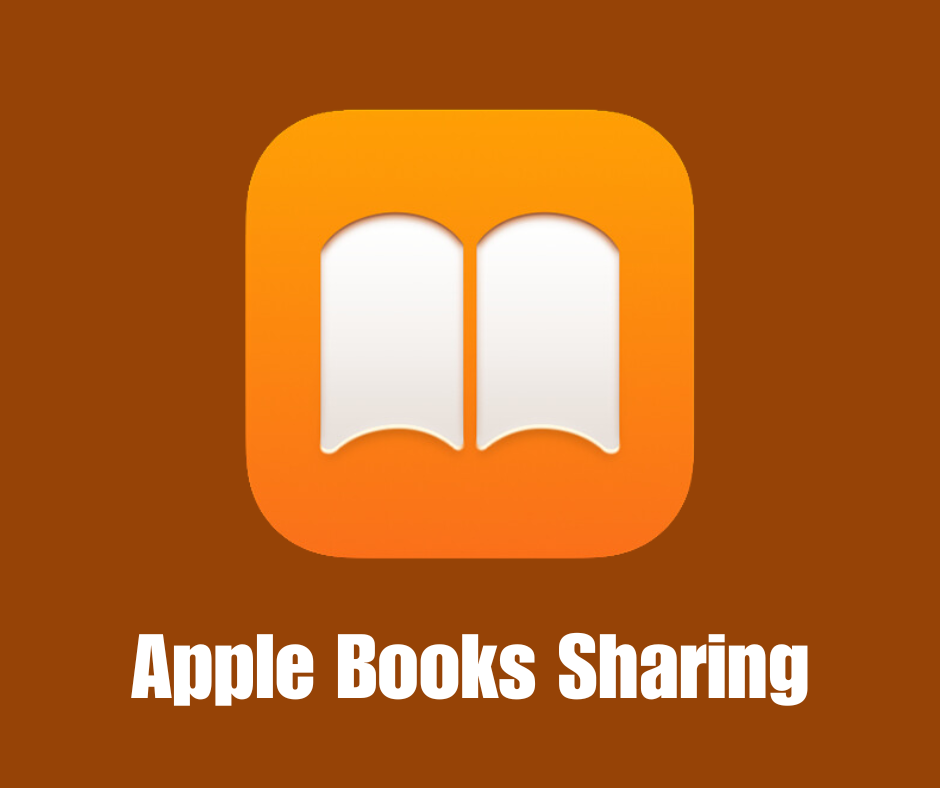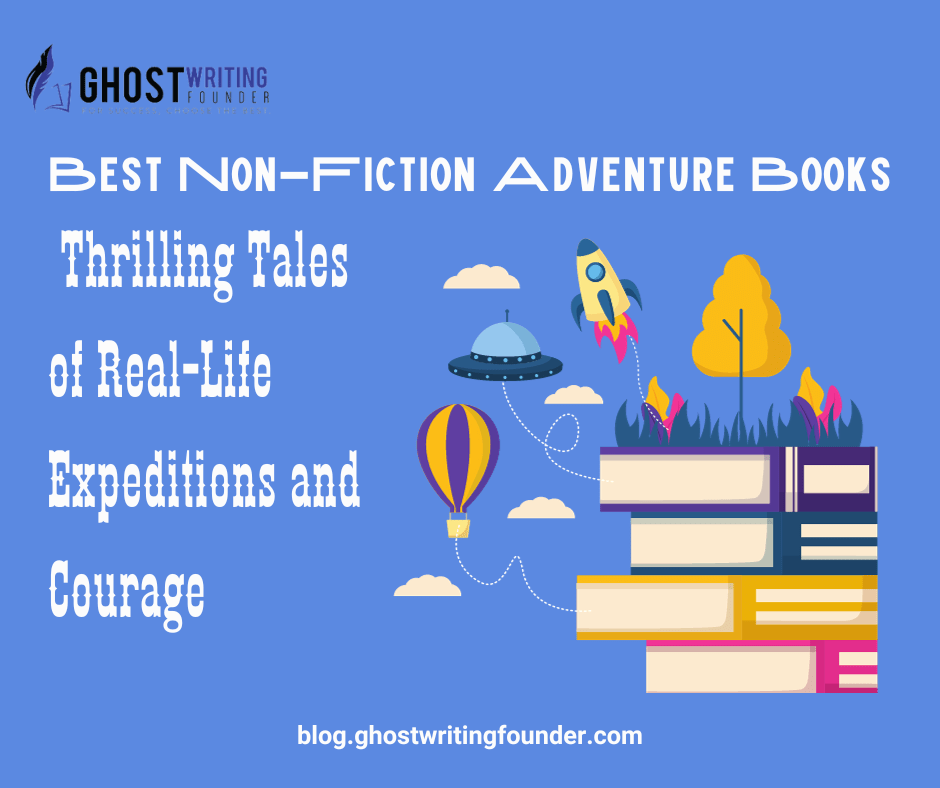
Publishing
In online book communities, two big names are Goodreads and StoryGraph. These platforms are like online hubs where people who love reading can discover new books, talk about their reading, and connect with others who share their interests. Even though they both do similar things, they each have special qualities that make them unique. This article compares Goodreads vs. Storygraphs in detail so readers can determine which suits them best.
Goodreads vs. Storygraph: User Interface and Experience
Regarding User Interface and Experience, Goodreads greets users with a layout they’re likely familiar with. It’s got shelves, reviews, and recommendations neatly arranged. You can do a lot on Goodreads, like keeping track of books you’ve read, giving them ratings, and leaving reviews, all from the main dashboard. Plus, you can join groups, chat with others, and follow your favorite authors, making the whole experience immersive.
On the flip side, StoryGraph offers a more modern and streamlined interface. It’s all about keeping things simple and easy to navigate. You’ll find personalized book recommendations, tools to track your reading progress, and ways to interact with other readers seamlessly. StoryGraph’s focus on user-friendly design makes it a breeze to use and leaves users feeling satisfied with their experience.
Book Discovery and Recommendations
Goodreads uses a smart system to suggest books based on what you’ve read before, what you like, and who you’re friends with on the platform. You can also give book ratings and reviews, which helps Goodreads understand your tastes better and gives you even more accurate recommendations. So, it’s like having a personal book assistant who knows exactly what you’ll love to read next.
Similarly, StoryGraph also uses fancy technology to suggest books tailored just for you. It looks at what genres you’re into, such as non-fiction book, how fast-paced you like your stories, and what themes you enjoy. Plus, it lets you tweak settings to ensure your recommendations include diverse voices and perspectives, ensuring everyone can find books that speak to them. It’s like having a friend who always knows the perfect book to recommend but with many cool options to customize your suggestions.
Reading Stats and Tracking
Goodreads gives you detailed stats like how many pages you’ve read, how many Best non-fiction books you’ve finished, and your average rating. You can also join reading challenges, keep track of your progress, and share your achievements with others in the community.
StoryGraph has similar features for tracking your reading habits, but it takes it a step further with cool visuals that make it easy to see patterns and trends in your reading. You can set personal goals and use the platform’s data visualization tools to clearly understand your reading journey. It’s all about giving you the information you need to decide what to read next and stay engaged with your books.
Community Engagement
Goodreads has a huge community with millions of users from all over the world. It’s like a bustling city where readers can chat in discussion groups, join book clubs, and find others who love the same kinds of books. Authors often hang out here, too, answering questions, giving away free stuff, and sharing special content, which makes it feel like a big, friendly gathering where everyone’s welcome.
On the other hand, StoryGraph is more like a cozy neighborhood where everyone knows each other. It’s smaller than Goodreads, but that makes it special. Here, users have deeper conversations, recommend books to each other, and team up for reading challenges. It’s all about quality over quantity; everyone feels included and valued.
Goodreads vs. Storygraph: Privacy and Data Handling
Privacy-conscious users may scrutinize the privacy policies of both platforms to ensure their data remains secure and protected. Goodreads outlines data handling practices, including information collected, usage policies, and data sharing agreements. Users have the option to adjust privacy settings and control the visibility of their activity within the community.
StoryGraph prioritizes user privacy and transparency, offering clear data collection, storage, and usage guidelines. The platform adheres to strict privacy standards, allowing users to opt out of data tracking and permanently delete their accounts if desired. With a commitment to user autonomy and data protection, StoryGraph earns trust and credibility among privacy-conscious readers.
Mobile Applications
The mobile applications of Goodreads and StoryGraph offer on-the-go access to essential features and functionalities. Goodreads’ mobile app mirrors the desktop experience, seamlessly integrating users’ reading profiles and preferences. Users can browse book recommendations, update reading progress, and engage with the community effortlessly.
StoryGraph’s mobile app prioritizes simplicity and performance, offering a streamlined interface optimized for mobile devices. Users can discover new books, track reading stats, and connect with fellow readers seamlessly. The app’s intuitive design and responsive layout enhance user experience, making it a preferred choice for readers on the move.
Pricing and Membership
Both Goodreads vs. Storygraph offer free memberships, granting users access to basic features and functionalities. However, Goodreads may introduce premium membership tiers, offering exclusive benefits such as ad-free browsing, advanced analytics, and enhanced customization options.
StoryGraph remains committed to its free model, prioritizing accessibility and inclusivity for all users. While premium features may be introduced in the future for business turnover, the platform aims to maintain its core functionalities accessible to all readers, regardless of financial constraints.
Goodreads vs. Storygraph: Pros and Cons
Goodreads:
Pros:
- An extensive database featuring books from various author brands.
- Robust recommendation algorithm
- Thriving community engagement Author brands
Cons:
- Dated interface and user experience
- Privacy concerns regarding data handling practices
StoryGraph:
Pros:
- A modern interface and intuitive design
- Personalized recommendations with diverse options
- Strong focus on user privacy and data protection
Cons:
- Smaller community compared to Goodreads
- Limited availability of features and functionalities
If you’re interested in publishing a book on platforms like Goodreads and StoryGraph but are unsure of the process, Ghostwriting Founder offers assistance for book publication.
Conclusion
Goodreads vs. Storygraph offers unique features and functionalities catering to diverse reader preferences. While Goodreads boasts a vast user base and comprehensive book database, StoryGraph excels in user-centric design and privacy-conscious practices. Ultimately, the choice between the two platforms depends on individual priorities: community engagement, recommendation accuracy, or privacy considerations.









Leave a Reply